Review: The Fantastic Paintings of Frazetta
The Fantastic Paintings of Frazetta
By J. David Spurlock
Vanguard Press
Trade HC ISBN13: 9781934331811 Retail $39.95 • 120 pgs
DX LE ISBN13: 9781934331828 Retail $69.95 • 138 pgs plus slipcase
When we were kids in the 70s, my pals and I hung around a great comic shop, Kim’s Collectible Comics & Records. Owner Kim Draheim loved comics, but he helped expand the horizons of our small worlds – letting us discover wonders beyond the standard Marvel and DC comics that defined our comfort zones. In his shop, we stumbled upon older comics, vinyl records and comic-adjacent artists…like Frank Frazetta. It was all pretty mind-blowing.
We quickly realized there was a time and place for each creator’s talents and gifts. When one of my gang was searching for a Fantastic Four issue illustrated by Frank Frazetta, we all chuckled. Even back then we knew that Frazetta was beyond all that.
When I took a college-level painting class while still in high school, there came that point to choose one artist for the term paper. I chose Frank Frazetta. My professor kind of frowned and suggested I instead research and write about Salvador Dali. I told my professor that Dali was a fine artist…but in my mind, Dali was no Frazetta.
If Spurlock was in my class, maybe he would have said the same thing.
Even back then I would have been excited by the new book, The Fantastic Paintings of Frazetta. This is another gem from J. David Spurlock’s Vanguard Publishing. It’s a thoughtful, loving celebration of a genre master that is both a first-class introduction to Frazetta and a long-awaited treat to every reader/fan/collector that has already has an appreciation for Frazetta.
From the first page, Spurlock takes the reader on a journey that includes “greatest hits” and “lost treasures”.
Well-loved paintings fill the pages – but often with a twist. Either there’s additional materials or alternate versions included. Spurlock includes great stories that pull back the curtain for us, illuminating the process behind Frazetta’s artistry.
I really enjoyed the many surprises. There’s Frazetta barbarian art from before Conan. There is a 60s spy movie poster. I was especially surprised to learn that in one case, when Frazetta got an original painting back, he made some changes. And although I’d seen the Luana piece many times, but I didn’t realize that there was more to it.It’s no secret that Frazetta inspired so many other creators. But I didn’t realize the extent of the George Lucas connections until reading this book. When I watch Star Wars movies, I’ll never look at Chewbacca or the Death Star the same way again.
Many of the paintings reproduced here are larger than they’ve been printed before. This allows us to really see the nuances – brush strokes, paint etc. on these beauties.
Here’s the official description:
Discover, or return to, the world’s greatest heroic fantasy artist, Frank Frazetta, in this landmark art collection entitled, Fantastic Paintings of Frazetta. The New York Times said, “Frazetta helped define fantasy heroes like Conan, Tarzan and John Carter of Mars with signature images of strikingly fierce, hard-bodied heroes and bosomy, callipygian damsels” Frazetta took the sex and violence of the pulp fiction of his youth and added even more action, fantasy and potency, but rendered with a panache seldom seen outside of major works of Fine Art. Despite his fantastic subject matter, the quality of Frazetta’s work has not only drawn comparisons to the most brilliant of illustrators, Maxfield Parrish, Frederic Remington, Norman Rockwell, N.C. Wyeth but, even to the most brilliant of fine artists including Rembrandt and Michelangelo and, major Frazetta works sell for millions of dollars, breaking numerous records.
And Spurlock has pulled out all the stops with this one. This book has definitely crossed the line to be a full-fledged celebration. Here’s the bells & whistles:
- PAPER: Thicker, quality art-book paper than ever used in any prior Frazetta collection. This firmer paper helps achieve the highest quality of reproduction.
- PROTECTIVE LAMINATION: Lavish combination of both matte & gloss cover laminations to dazzle the senses. While many top publishers scrimp by not providing ANY lamination, the new Frazetta collection doubles down to protect every cover smartly and with panache.
- SIZE: 10.5 x 14.6 with spreads as wide as 21 inches: Larger pages and images than any previous Frazetta art book.
- INDIVIDUALLY SIGNED: Even deluxe books rarely come signed but, this has not one, but TWO signatures; author J. David Spurlock and Frank Frazetta Jr, Director of The Frazetta Art Museum in East Stroudsburg PA.
- VELUM PAGE “TIPPED-IN” BY HAND: When Vanguard does produce signed books, it is regularly on the front endpapers which is mounted to the inside front cover. But for Fantastic Paintings of Frazetta, the signature page was printed separately on a translucent velum parchment and bound, one at a time, into each book, by hand.
- NEW LIGHTWEIGHT SLIPCASE: Vanguard’s new lighter-weight laminated slipcase keeps the deluxe book protected in style while conserving shelf space and minimizing shipping costs to retailers and Frazetta aficionados.
- BONUS FOLIO: Sixteen extra pages of art including some very rare images, a newly discovered previously unknown and unpublished 1960s Frazetta movie poster run at a whopping 21 inches wide and, rare mid-1960s Creepy magazine art as never seen before, perfectly reproduced at full, Original Art Size!
Every year at San Diego Comic-Con, I tend to buy at least one book from the Vanguard booth. The at-the-booth conversations with J. David Spurlock are part of the fun. And if I miss him, I always get my pal Steve Rotterdam to do his Spurlock imitation. This year, of course, none of us will be stopping by San Diego Comic-Con. But there’s plenty of ways to buy this – and I always suggest going through your local comic shop or local indy book store. I was surprised to see that a book of this quality doesn’t have a $100+ price tag, and is reasonably priced at $39.95 The deluxe version, with extra pages and a slipcase, is $69.95.
The Fantastic Paintings of Frazetta would make any coffee table proud. And if your coffee table is too full, maybe it’s time to get another coffee table.


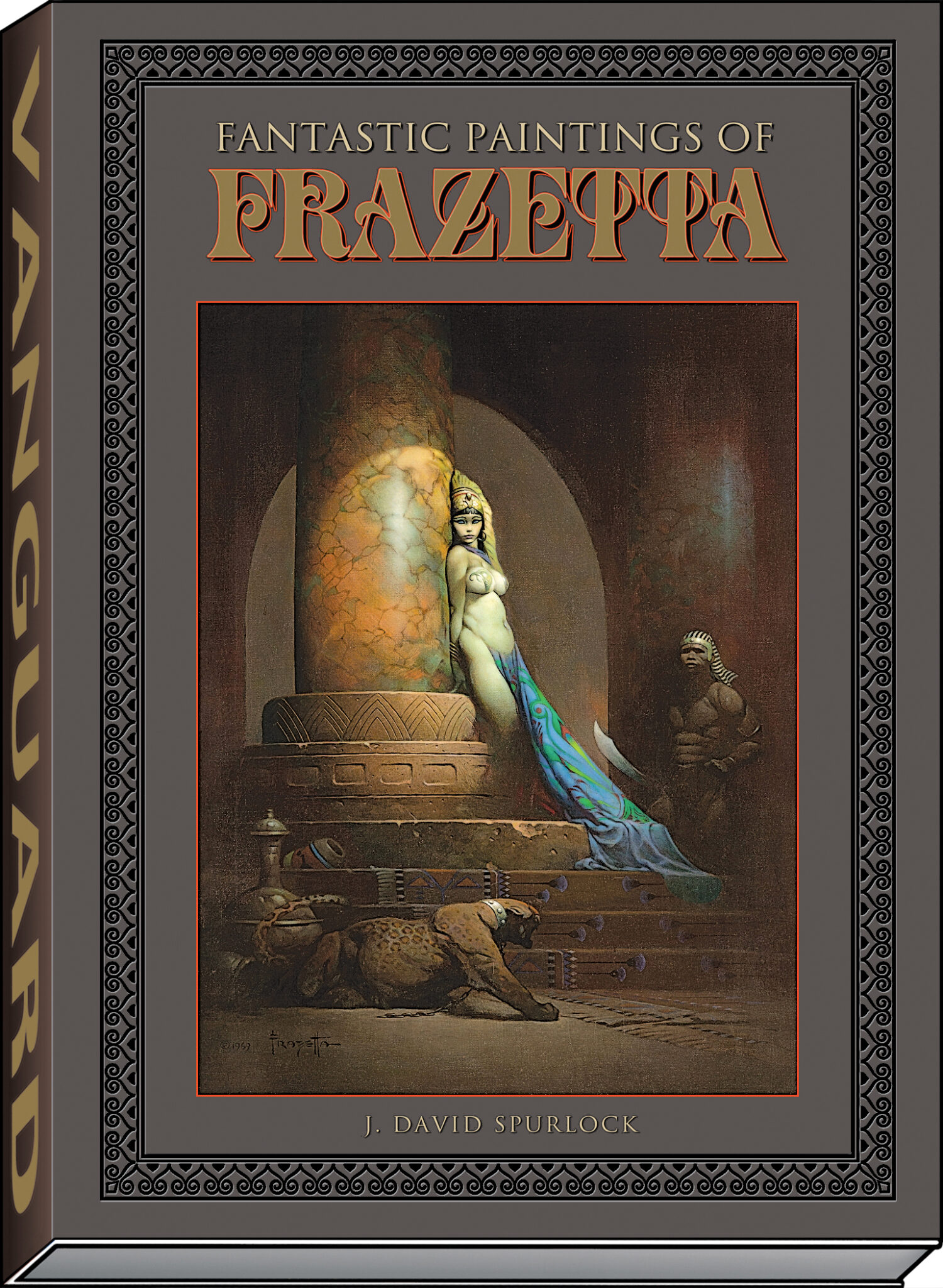
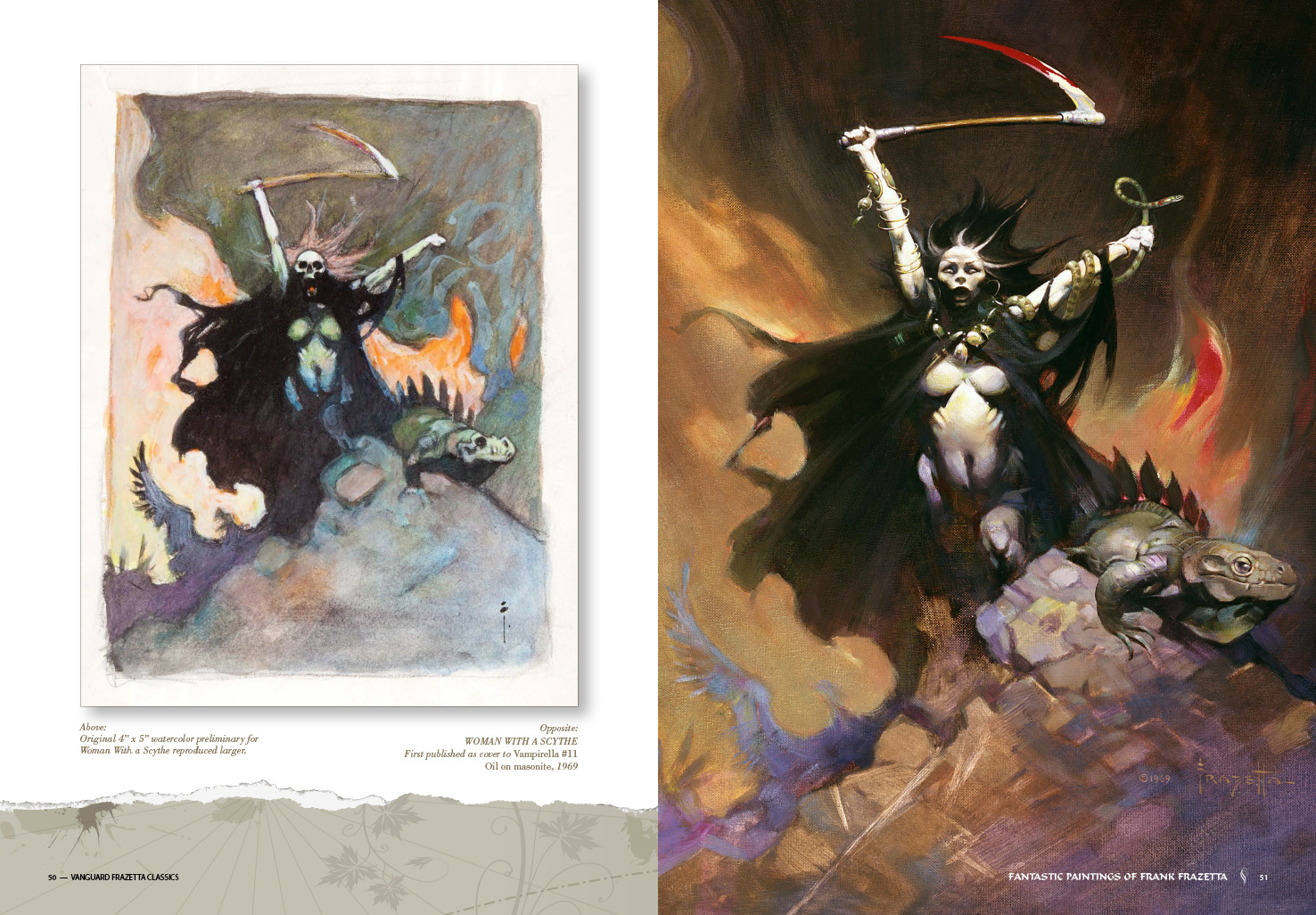
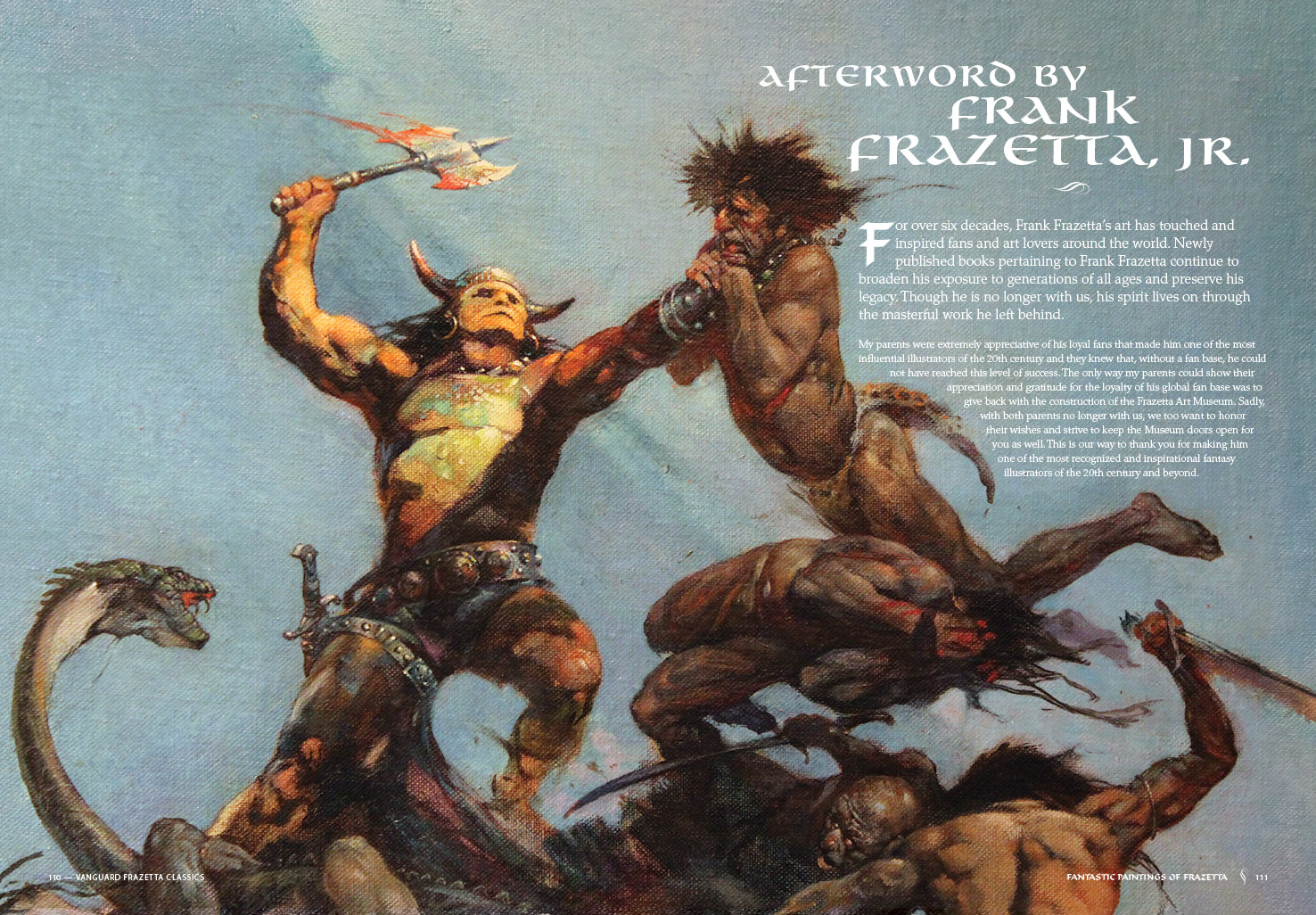
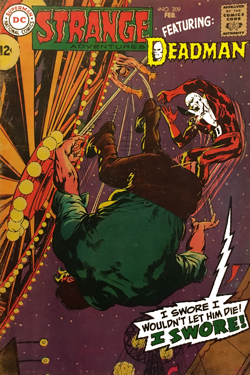
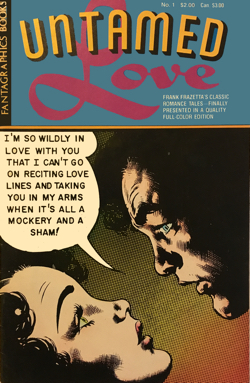
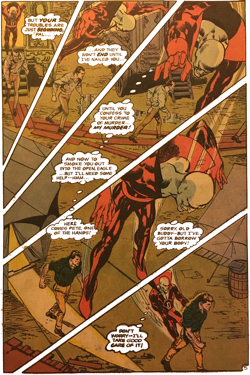

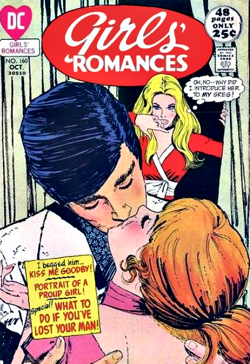
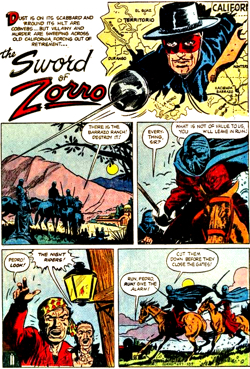
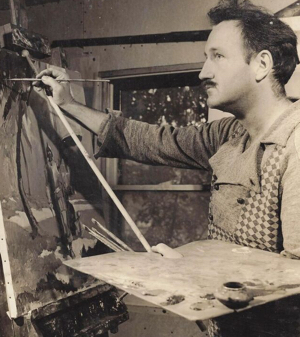
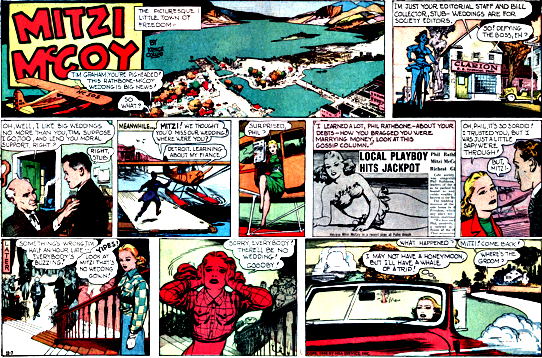
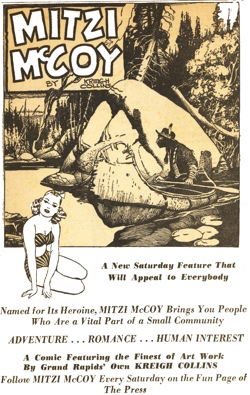

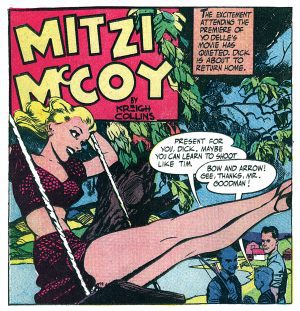
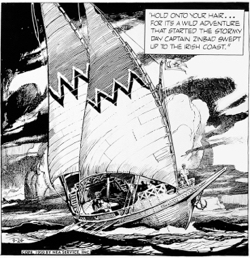
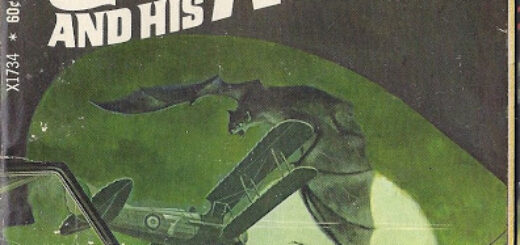

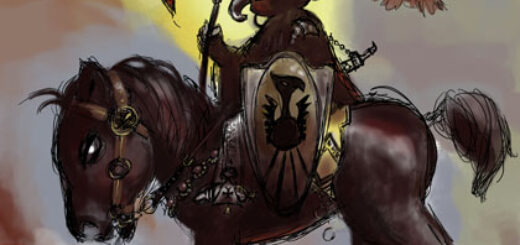
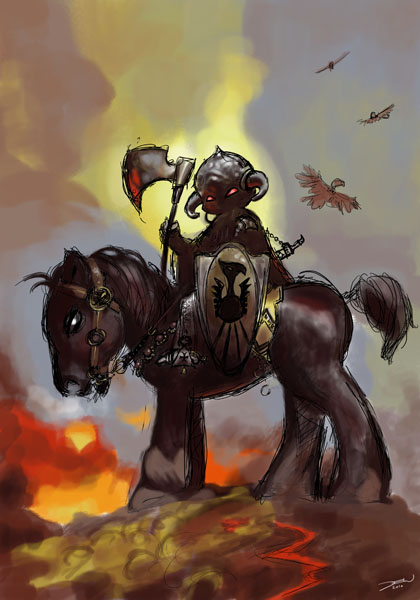 This week’s Monday Mix-Up comes to us from
This week’s Monday Mix-Up comes to us from 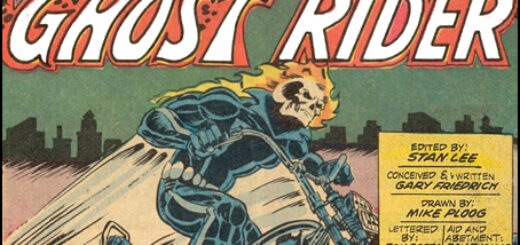
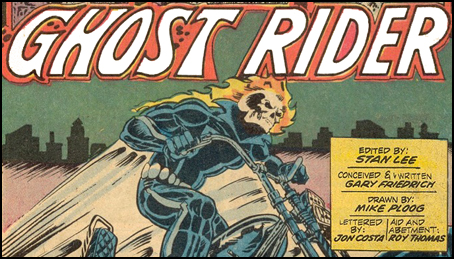
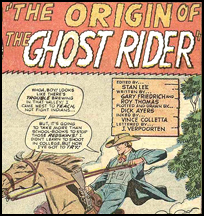
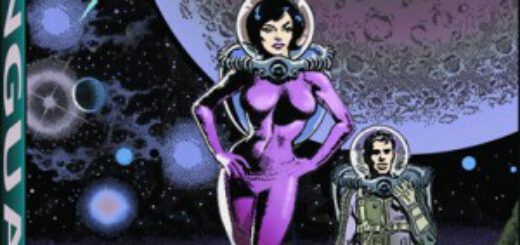

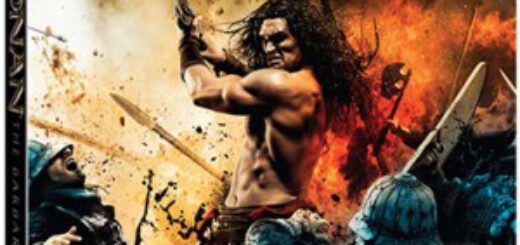
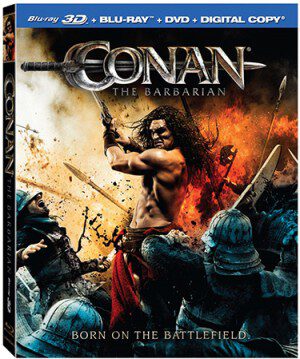
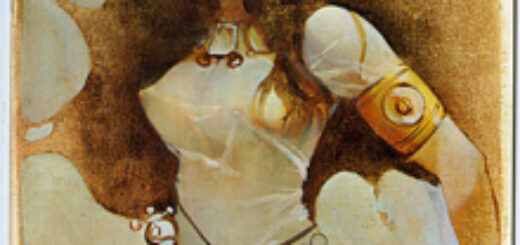
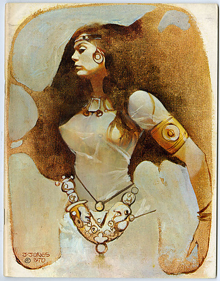

 It’s one of the images that defined the fantasy illustration industry we geeks love so much. And to a lucky buyer, Frank Frazetta’s 1971 Conan the Destroyer sold in a 1.5 million gold piece private sale agreed to at the 2010 San Diego Comic Con with Robert Pistella and Stephen Ferzoco of Frazetta Management Corporation. No word yet on who purchased the piece of where it will be hung, but we assume it’ll adorn a wall next to fine mahogany bookshelves full of leather bound collections of Tolkien, maquettes of scantilly clad heroines, and signed Rush LPs.
It’s one of the images that defined the fantasy illustration industry we geeks love so much. And to a lucky buyer, Frank Frazetta’s 1971 Conan the Destroyer sold in a 1.5 million gold piece private sale agreed to at the 2010 San Diego Comic Con with Robert Pistella and Stephen Ferzoco of Frazetta Management Corporation. No word yet on who purchased the piece of where it will be hung, but we assume it’ll adorn a wall next to fine mahogany bookshelves full of leather bound collections of Tolkien, maquettes of scantilly clad heroines, and signed Rush LPs.








